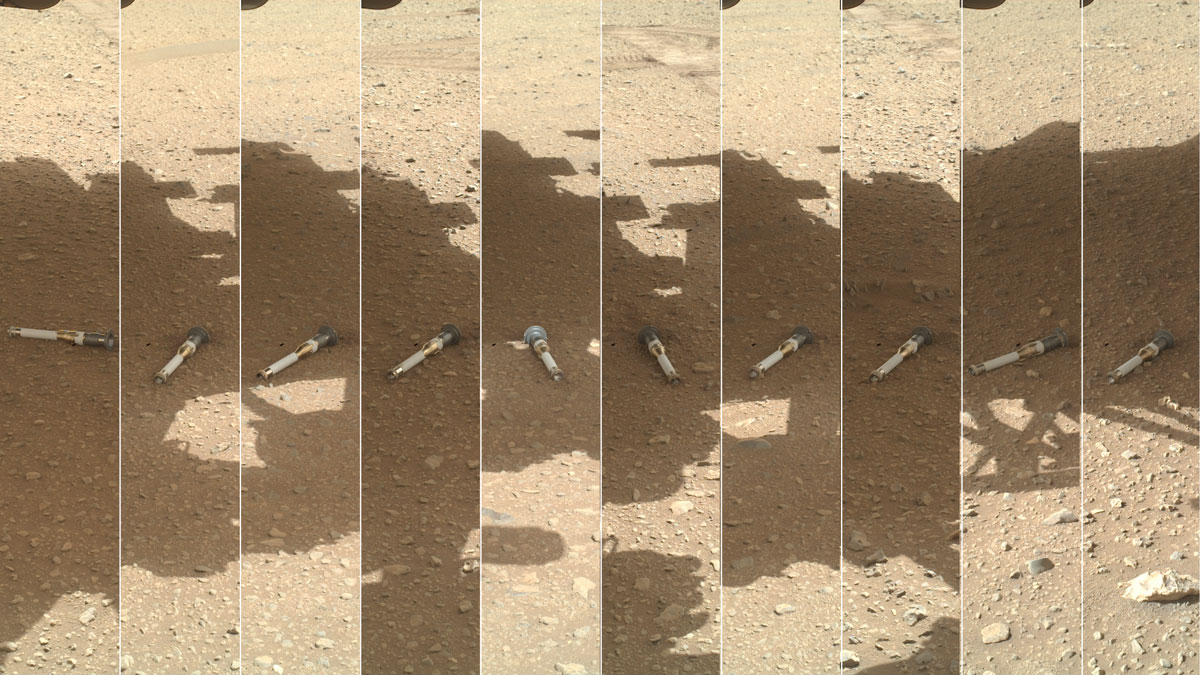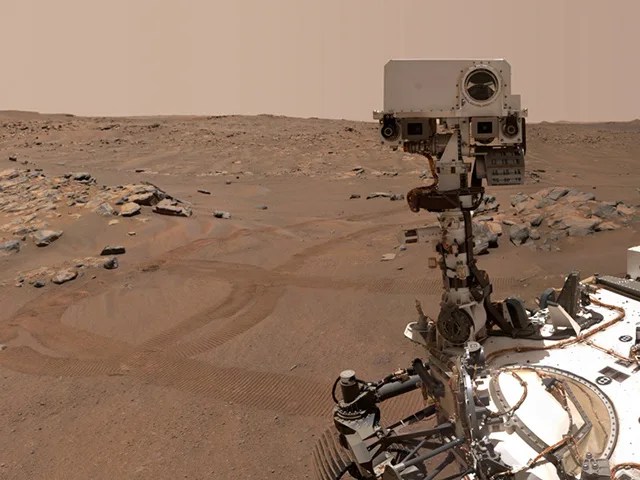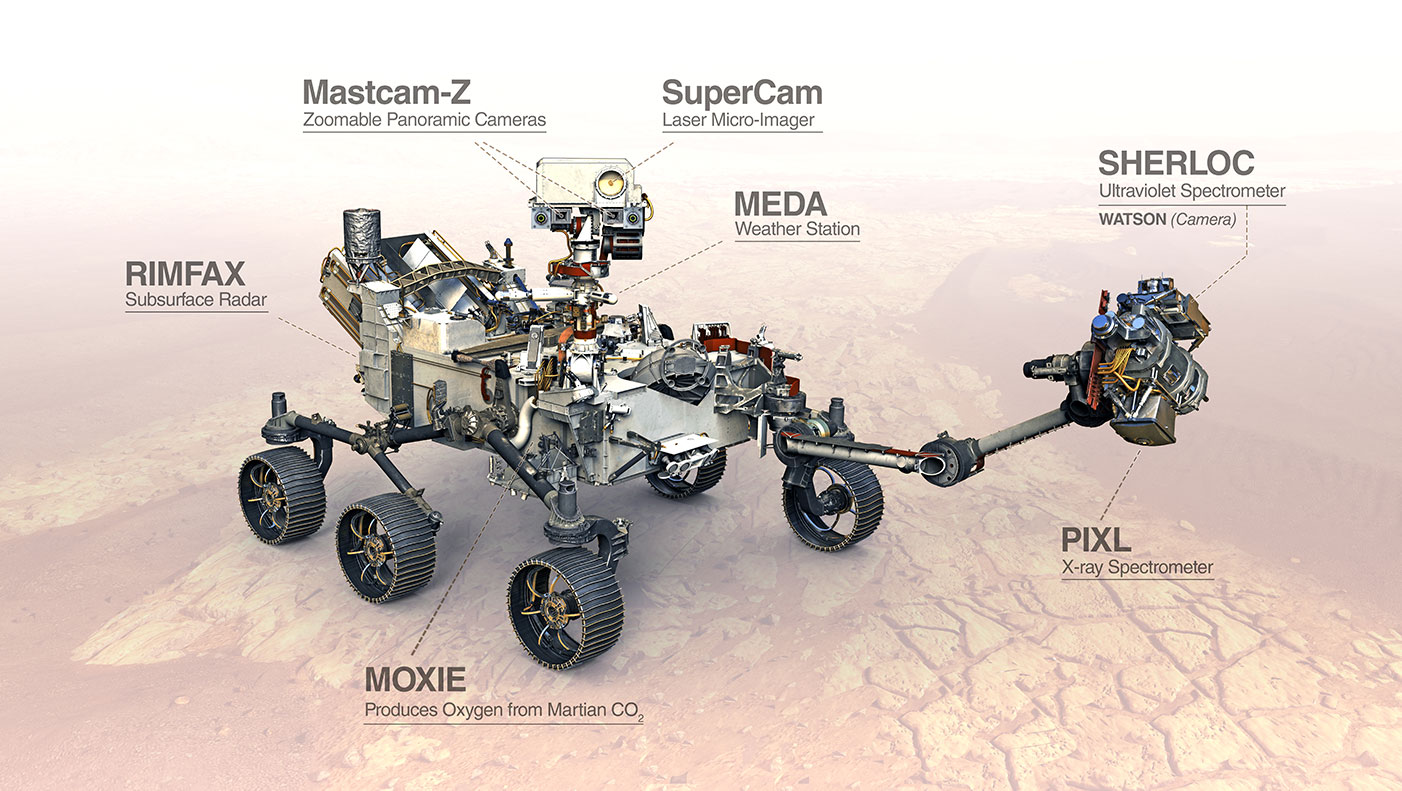Impact & Benefits
Perseverance Science
Did life ever take hold on the Red Planet? Perseverance takes the next step in Mars Exploration by looking for the signs of past life itself.
Overview
Perseverance is exploring Jezero Crater, a location on Mars that shows promising signs of a place that was likely friendly to life in the distant past. The rover’s goal is to study the site in detail for its past conditions and seek the very signs of past life. It is carrying out its mission to identify and collect the most compelling rock cores and other samples of Mars material, which a future mission could retrieve and bring to Earth for more detailed study. Perseverance also tests technologies needed for the future human and robotic exploration of Mars.

Science Objectives
To contribute to the four Mars exploration science goals and meet its specific goal of determining Mars' habitability, Perseverance has the following science objectives:
NASA's Perseverance rover is exploring Jezero Crater, a location on Mars that shows promising signs of being a place that was likely friendly to life in the distant past. The rover is seeking specific indicators of possible past life. Perseverance also has a unique goal of collecting and caching samples of Mars rock and regolith--broken rock and dust--for possible future return to Earth. With these samples and ongoing exploration, scientists hope to advance the search for signs of past life on Mars and gain insights into the planet's evolution.

Science Highlights
NASA's Perseverance rover has been exploring the surface of Mars since landing in February 2021. The rover has made discoveries about the planet's volcanic history, climate, surface, interior, habitability, and the role of water in Jezero Crater. The rover's accomplishments also include the collection of diverse, compelling samples of rock and regolith (broken rock and dust), and the testing of technologies that would benefit future human exploration of Mars.
Learn More
Science Instruments
Perseverance carries seven primary science instruments for acquiring information about Martian geology, atmosphere, environmental conditions, and potential biosignatures.





